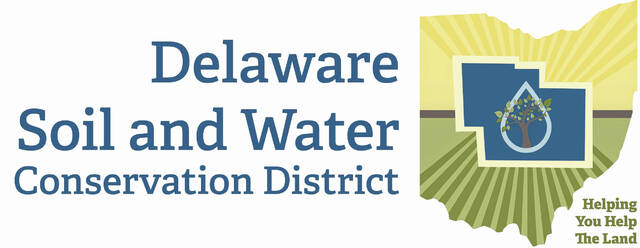
April is Ohio Native Plant Month, an initiative that started in 2019 to advocate for native plants. Native plants are adapted to the local climate and function in harmony with pollinators and other wildlife. One of the primary threats to native plants is the spread of invasive species. The emerald ash borer that has killed millions of ash trees across the United States is a drastic example of how destructive an invasive species can be.
According to a federal Executive Order on Invasive Species, an invasive species is an alien species (any species that is not native to an ecosystem) “whose introduction does or is likely to cause economic or environmental harm or harm to human health.” The term refers to any organism, including plants and animals. Not all non-native species are considered invasive. Some may fail to thrive in the environment or may coexist with native species without spreading invasively. However, those that do can cause serious problems by directly harming native species, depleting resources or habitat, or spreading diseases.
The best approach to combat invasive species is to prevent their introduction. According to the U.S. Department of Agriculture’s National Invasive Species Information Center, most invasive species were introduced by human activity, through both intentional and unintentional means. If you hike or boat, make sure to clean your supplies before moving them from one area to another to prevent transporting organisms. Always use local firewood when possible. If purchasing firewood from a non-local source, look for wood treated with heat to kill off seeds or organisms. Several plants on the invasive species list in Ohio were primarily spread by ornamental use in aquariums or water gardens. Do not dispose of aquarium water and plants by dumping them out onto the ground or into bodies of water. Plants can generally be put in sealed bags and disposed of in the trash.
Choose native plants for your garden and landscaping and be careful to prevent the escape of seeds and spores from any potentially invasive plants, even indoors. If invasive plants are already present, it is best for them to be removed if possible. This is easier said than done in most cases, but a combination of manual removal, selective pesticide use, and prevention of seed or sprout establishment can be successful. If removal is impractical or undesirable, take steps to keep the plant from spreading outside your garden. Place the plants in containers rather than directly in the ground if possible. If not, root barriers can be put in place in the ground. Harvest fruits and seeds early and pull up any sprouts to prevent establishment. Make sure to dispose of seeds and plant materials in a manner that does not allow them to germinate or propagate elsewhere.
An important step to protect and encourage native plants is to prevent the establishment of invasive species that can harm or crowd out native species. For more information from the USDA on invasive species, visit InvasiveSpeciesInfo.gov.
To learn more about the work of the Delaware Soil and Water Conservation District, visit soilandwater.co.delaware.oh.us or call us at 740-368-1921.


